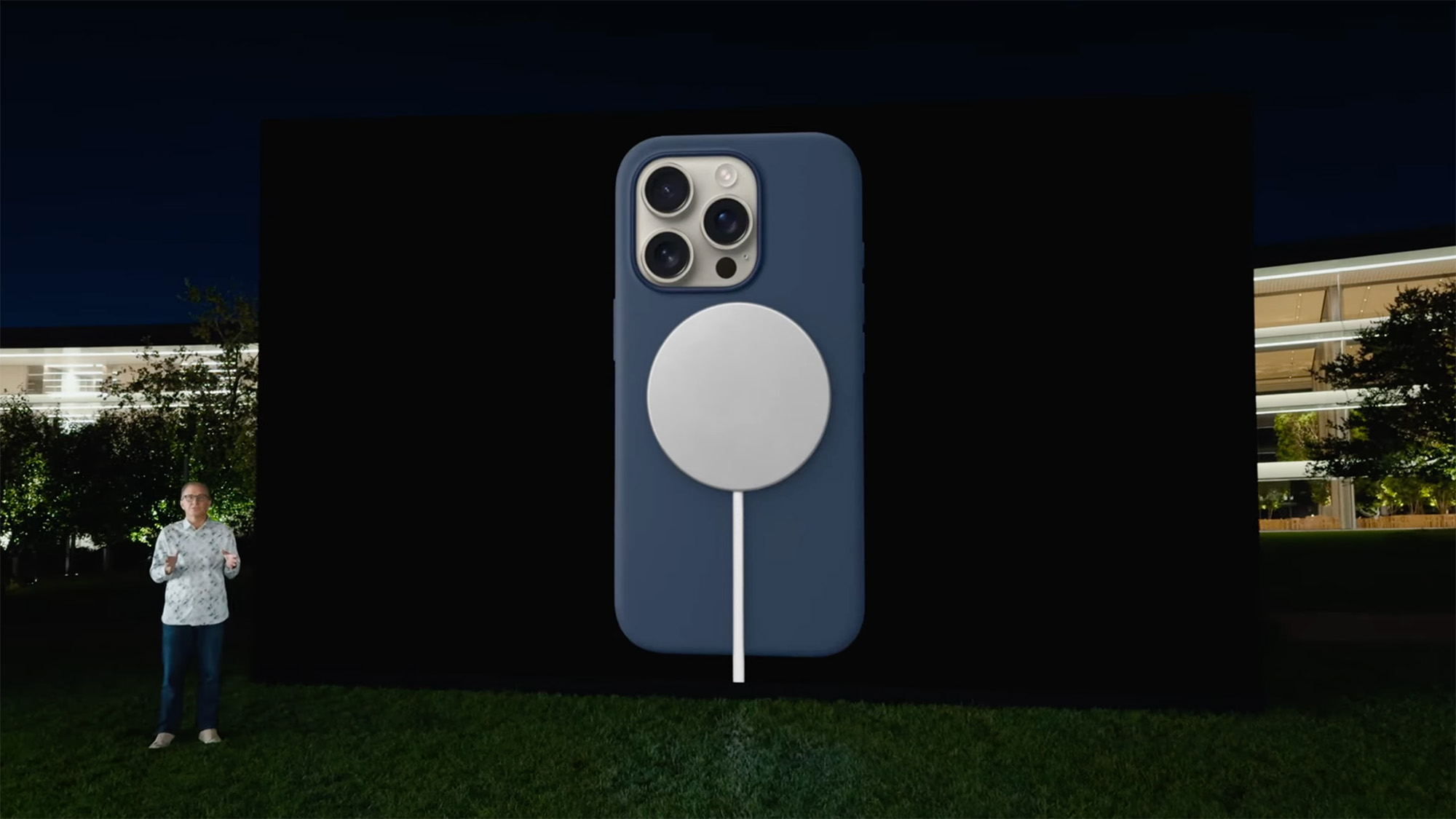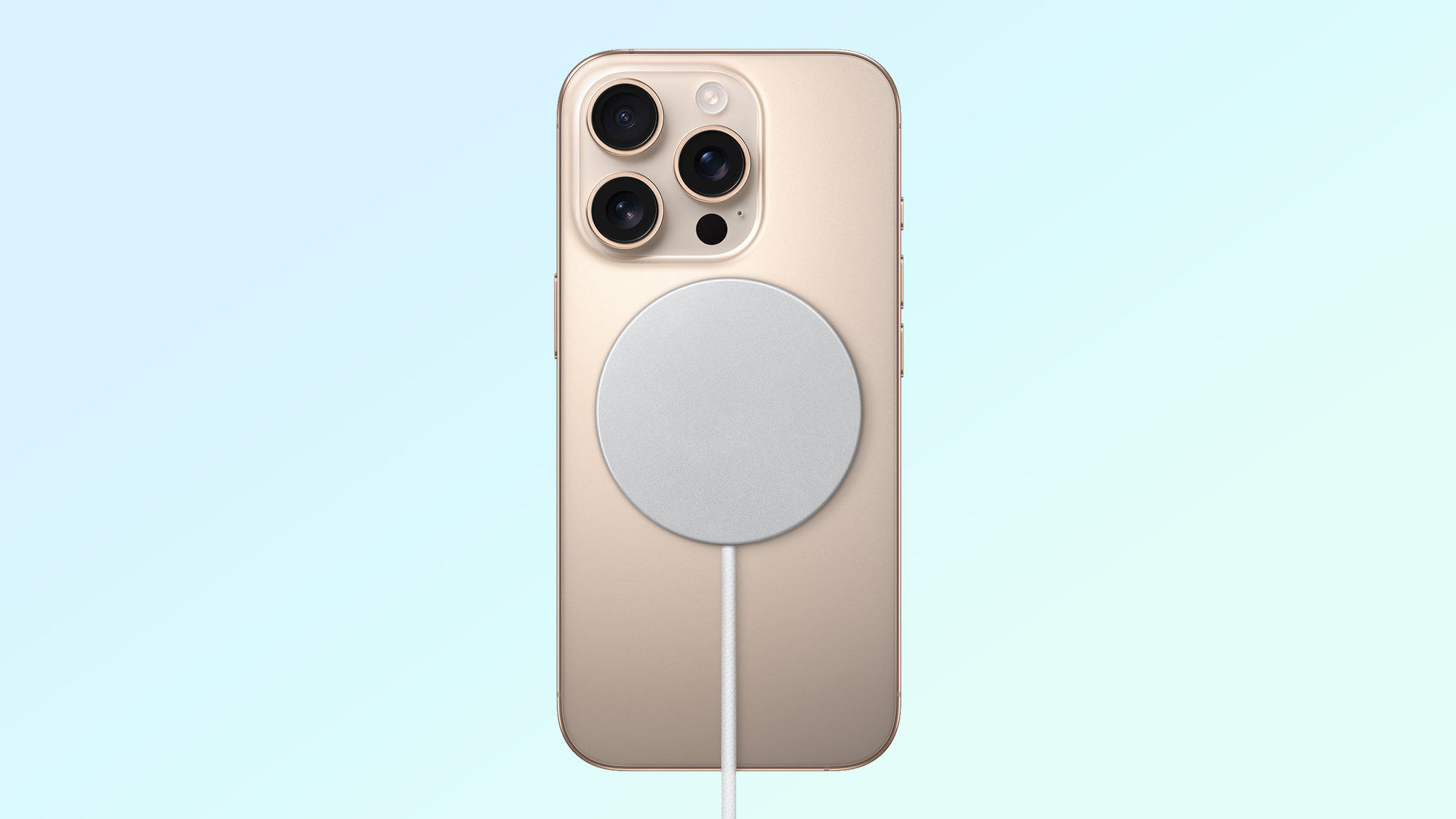iPhone 16's MagSafe upgrade is a change I’ve wanted for ages — but now there’s a new problem
Faster and more universal is good, but why do we have to get new chargers?

Alongside all the news of the iPhone 16 models and their new Camera Control, upgraded chips and AI powers, Apple quietly granted a wish that I and many other iPhone users have had for years. But it's coming at an annoying cost.
There have been demands for faster iPhone charging for years, basically since 2020 when Apple last increased its iPhone charging speed to 20W wired and 15W wireless with the iPhone 12 series. But now the time has come, and MagSafe has increased to a 25W maximum speed. Unfortunately, what Apple's granted in speed and usability, it's taken away with backward compatibility.
I charge my iPhone mostly through one or another of the best wireless chargers I've tested that feature MagSafe. Most of the time I'm charging it overnight, so the speed's not critical. But when I need a top-up during the day, I still reach for a USB-C cable to guarantee a fast refuelling, which is not ideal.
Moving from 15W to 25W max wireless speeds will hopefully be enough of a power bump to make the iPhone 16 series charge up fast enough for my needs in a hurry, even without a USB-C or Lightning connection. It'll also mean Apple's now on par with the wireless charging speed of brands like Samsung.

But the increased speed means you need faster chargers and a new MagSafe puck. I don't have a problem with sourcing fast chargers (apart from when they're failing to fill up the Google Pixel 9 Pro XL at max speed), but MagSafe I do have an issue with. A new standard means replacing the current chargers and stands I have, and anyone else planning to upgrade from an iPhone sold in the last four years will have to do the same if they invested in MagSafe already.
It's not yet clear what Apple's changed between its first-gen MagSafe tech and its new-gen stuff, other than you can now buy a MagSafe pad with 1 meter/3 feet or 2 meters/6 feet of cable. So perhaps there was no way the original MagSafe could support these speeds. But once these phones and accessories launch and tear-down experts show us what's actually going on inside them, there had better be some major changes or else it's going to feel very unfair.
I can't help but wonder what the EU and other governing bodies make of this, having already forced Apple to move to USB-C connectors for its iPhones last year. The European Commission's Common Charger Directive doesn't make any restriction on wireless charging, but if Apple and others decide to update their wireless standards this frequently in future, an extension of the law may be proposed.
Sign up to get the BEST of Tom's Guide direct to your inbox.
Get instant access to breaking news, the hottest reviews, great deals and helpful tips.
But the silver lining here is Qi2 support for the iPhone 16. While based on MagSafe, Qi2 is an open standard that any phone brand or accessory maker can use. So going forward, you won't need to look for a Made for iPhone badge specifically as any Qi2 chargers should offer maximum speeds.
Assuming there's little to no difference between the charging experience of new MagSafe and Qi2, I can stop grumbling about Apple requiring this update and look forward to a new, speedier dawn of wireless charging on the iPhone 16 series. But I'm going to be much more careful in the future when I wish for iPhone upgrades before I get caught out again.
More from Tom's Guide

Richard is based in London, covering news, reviews and how-tos for phones, tablets, gaming, and whatever else people need advice on. Following on from his MA in Magazine Journalism at the University of Sheffield, he's also written for WIRED U.K., The Register and Creative Bloq. When not at work, he's likely thinking about how to brew the perfect cup of specialty coffee.

